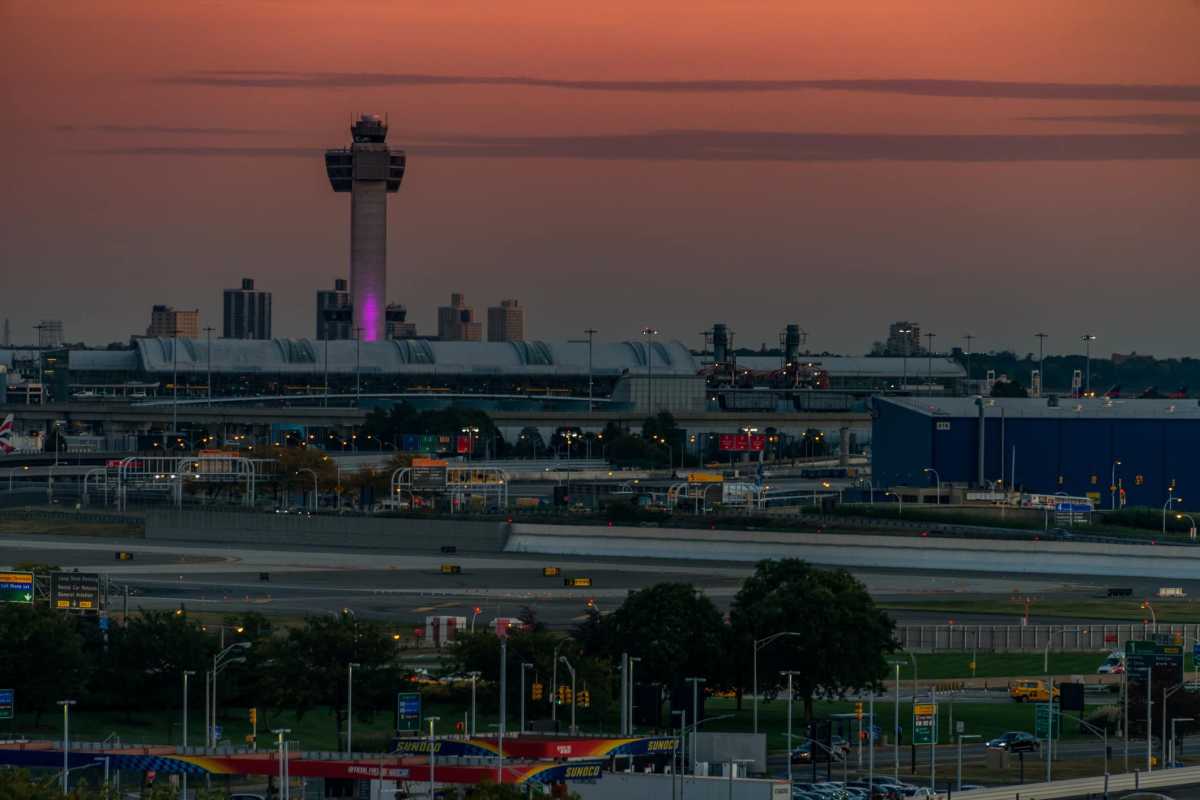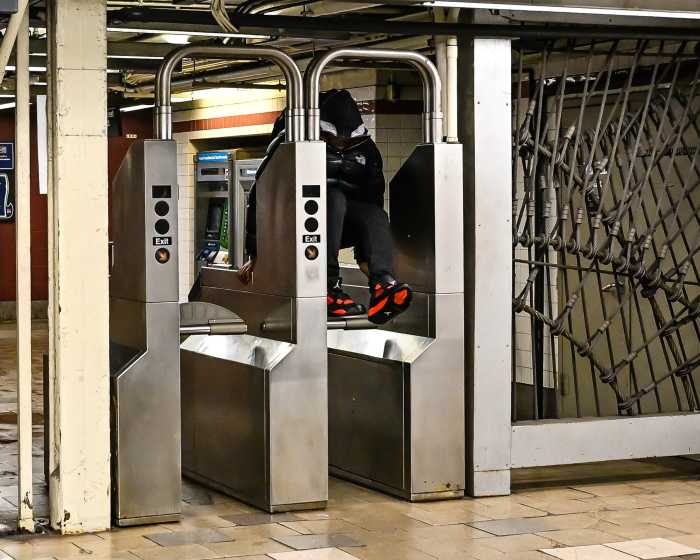On a recent rainy Friday, Vinny Rajkumar, a Toyota Camry driver, fondly remembered a time when it cost him $30 to get 10 gallons of gas.
But as the numbers quickly ticked up and up, he told a much different story.
“I couldn’t afford food, so now I pay $20 at a time for gas,” he said. “I always try to use other friends’ cars, and when my friends drive my car, I have to charge them $2 or $3.”
According to the American Automobile Association (AAA New York), this is the third time gas prices have hit $4 a gallon in New York.
Part of what’s driving the increase is the fact that “crude oil is a global commodity,” according to Robert Sinclair Jr., manager of media relations for AAA New York. With demand up in parts of the world, prices go up, he explained.
Also, according to Sinclair, “the northeast is a hotspot for higher prices because of refinery capacity. Two in the Philadelphia region closed down recently and one on St. Croix, owned by Hess and the Venezuelan government, also shut down. With less refinery capacity, there is less gas on the market, meaning higher gas prices.”
Sinclair pointed out that another refinery, owned by Sun Oil Co. (Sunoco) is scheduled to close or be sold by July 1 – “right in the middle of driving season.”
This, he noted, also sends prices higher.
“Refineries change to summer blend gas, which is more expensive to refine and distribute.”
So those summer road trips cost more.
“We think upward pressure on prices will continue until mid-April,” he offered.
But, said Sinclair, the “most important collateral damage is the effect the gas prices have on truckers.”
“We rely on trucks for delivery of freight; as prices go up, they won’t absorb it, they pass it along, and everything from clothes to cars are delivered by truck.”
As far as drivers are concerned, the pain at the pump is getting worse.
Joe Sultana spends $90 to fill up his Chevy Tahoe, and it lasts only about four days. He spends about $900 a month on gas alone.
“I’m thinking about trading this in for something smaller, but it drives me crazy that we’re so dependent on fuel. If you have a family, you need to have a big car.”
Fuel costs have even become prohibitive, he said, even when it comes to business.
“For work it stops you from being able to give the kind of customer service you want to, it makes it hard for you to make it out to see all of your customers.”
But Steve is loving his Toyota Prius. It only costs him $37 to fill up.
“It’s great! These days, everyone should have one of these,” he said.
Scott Salzman, sales manager of Star Toyota, notes that “the trend of the general market is going from fewer trucks to more hybrids.”
“In times like these, the sale of bigger trucks always screeches to a halt, you see compacts and sub-compacts more and more,” he explained.
Ronald Cordero, sales consultant at Star Toyota, offered his prediction.
“The Prius will be the number one selling car in two years.”
Additional reporting by Sean P. Quigley and David Beltran


































